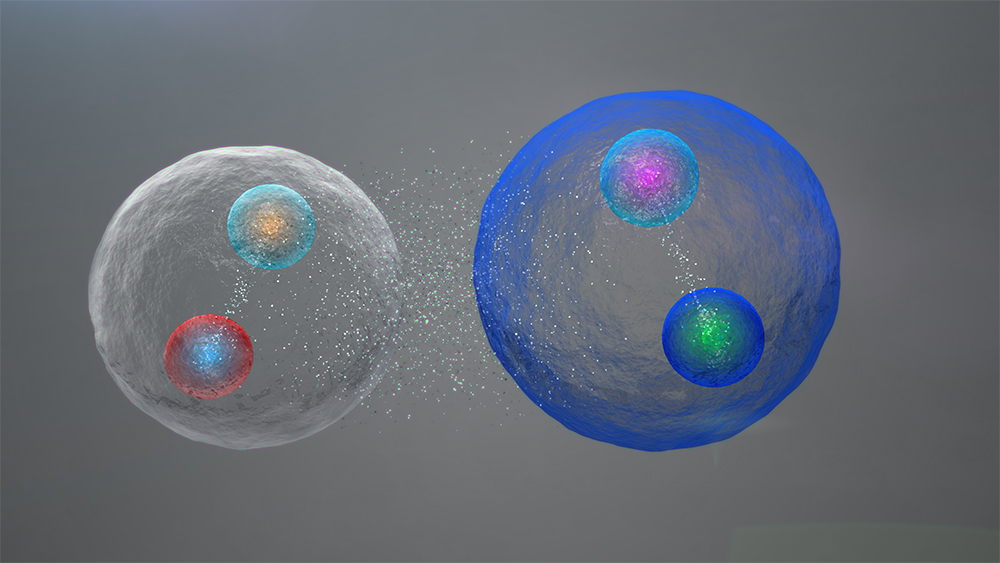Shhhhhhhhh… Shut your eyes. Open your ears. Listen keenly. You will hear sounds all around you. If you are in the house, you are most likely to hear tic tac of the clock, bow wow of your dog, clang clang of the vessels, pitter patter of a leaking tap.
Outside in the garden you will probably hear buzz buzz of a bee, chirp chirp of birds or honk honk of cars.
These special words that imitate or mimic the sounds that they describe are called an onomatopoeia (pronounced ‘on-uh-mat-uh-pee-uh’). Although a particular sound is heard similarly by people speaking different languages across the world, it is often expressed differently in their own languages. For example, the “snip” of a pair of scissors is su-su in Chinese, cri-cri in Italian, and katr-katr in Hindi.
The most common onomatopoeia are usually the ones used to describe animal sounds such as “oink”, “ribbit”, “meow”, or “chirp”. Do you remember learning the famous nursery rhyme “Old MacDonald had a farm”? Think about it. It is full of animal sound onomatopoeia!
How can we forget about the food sounds we hear almost daily?
Have you heard yourself while eating food? Chomp chomp chomp.
Have you heard yourself while drinking soup? Ffffff.
What about when someone puts butter on the toast? Chirr Chirr.
How about when you open a soda bottle? Fizz.
Many other popular onomatopoeia are machine sounds like whir, whizz, vroom, honk and many more.
These simple words are ideal for adding a dash of spice and phonetic sizzle to poetry and prose.





Leave a Reply